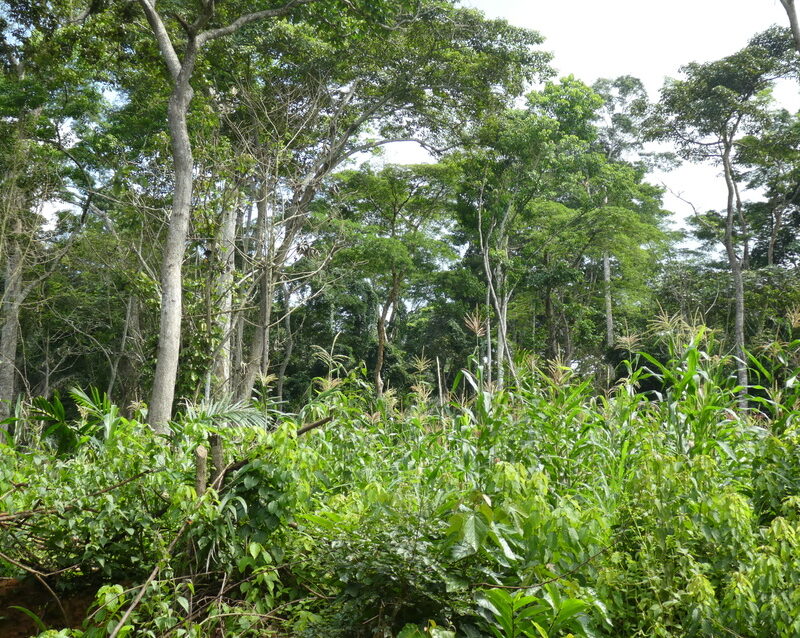White-bellied Pangolin
Species Data
Class: Mammalia
Order: Pholidota
Family: Manidae
Scientific Name: Phataginus tricuspis
IUCN Red List status: Endangered
Description
The White-bellied Pangolin is the most frequently encountered pangolin in Africa. Named after the white skin that’s exposed on the underside of their bodies, they stand out from other Pangolin species by their smaller size, larger eyes and hairy forelimbs. They average 60-105cm in length, with their long, prehensile tail contributing to about half of its entire body. This tail, along with their clawed feet, helps them to climb trees and move around in the high branches. Their sharp, overlapping scales protect them as they curl up into a ball when in danger.
Behaviour
White-bellied Pangolins are predominantly nocturnal. They feed exclusively on ants and termites and their long tongue can extend up to 25cm for easier access to prey. Breeding is continuous and females give birth to a single young after a gestation period of approximately 150 days. Male home ranges can stretch across up to 30 hectares, while female home ranges are much smaller and average 3-4 hectares. They are found on the ground while foraging or when crossing open patches of land, but will quickly ascend the nearest tree when disturbed.


Habitat
Also known as the Tree Pangolin, the White-bellied Pangolin are equally at home in the trees as they are on the ground. These scaly mammals are found across Africa, predominantly to the west and centre of the continent. They mostly live in moist tropical lowland forests, but can also be found in dense woodlands with nearby water courses, forest-savannah mosaics and sometimes abandoned oil palm stands.
Threats and Conservation
Pangolins are thought to be one of the world’s most trafficked animals and the latest IUCN assessment classifies White-bellied Pangolin as Endangered. Populations of White-bellied Pangolins have declined by up to 40 per cent over the past 21 years, a sharp drop driven by a combination of forest loss, the intercontinental trafficking of their scales to Asia and increasing rates of exploitation for local use and consumption. Pangolin scales are highly valued in traditional Chinese medicine, and the number of pangolins sold for this use is unsustainable considering the reproductive biology of this species.
